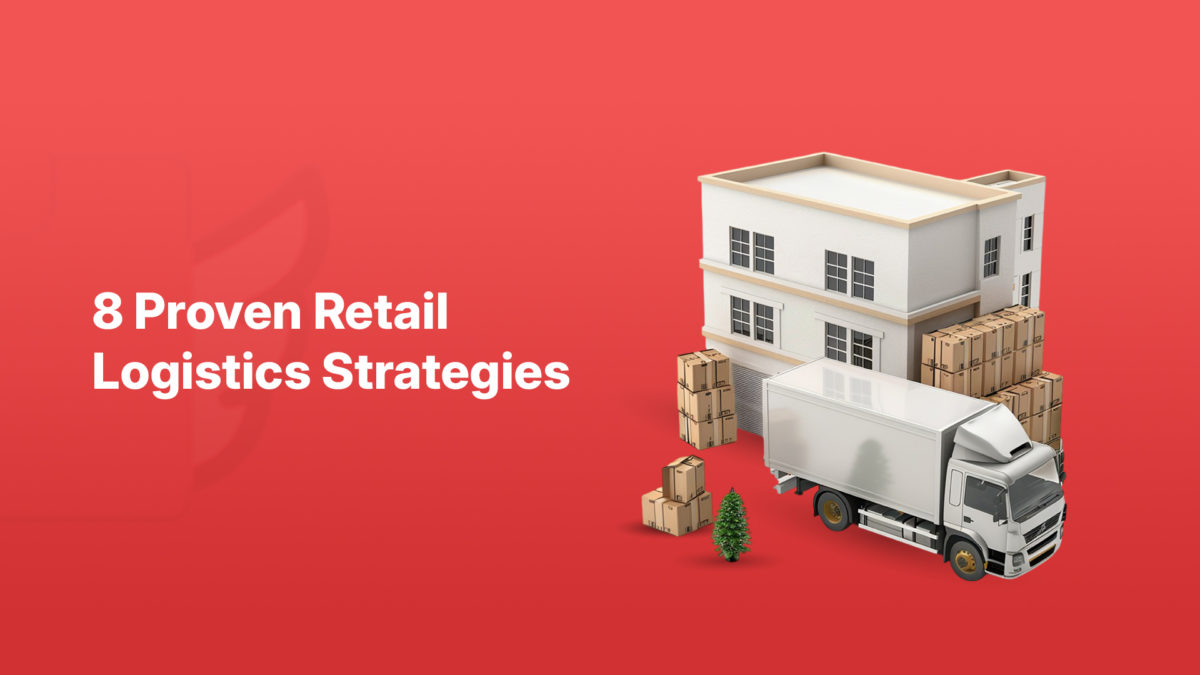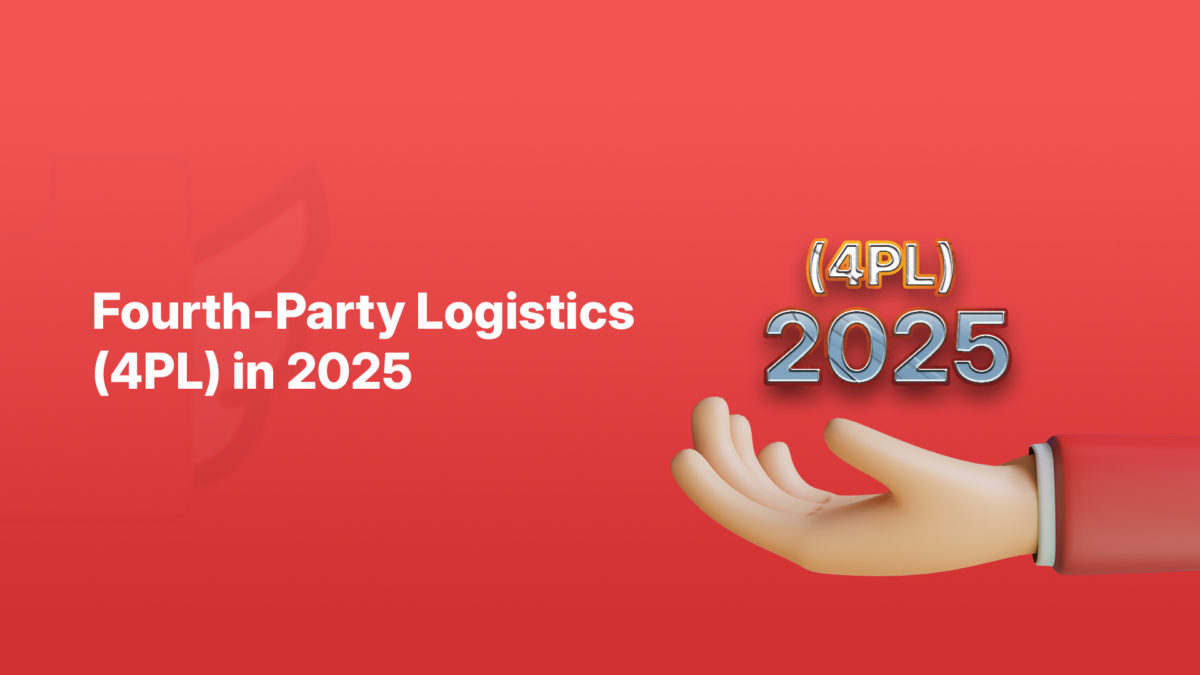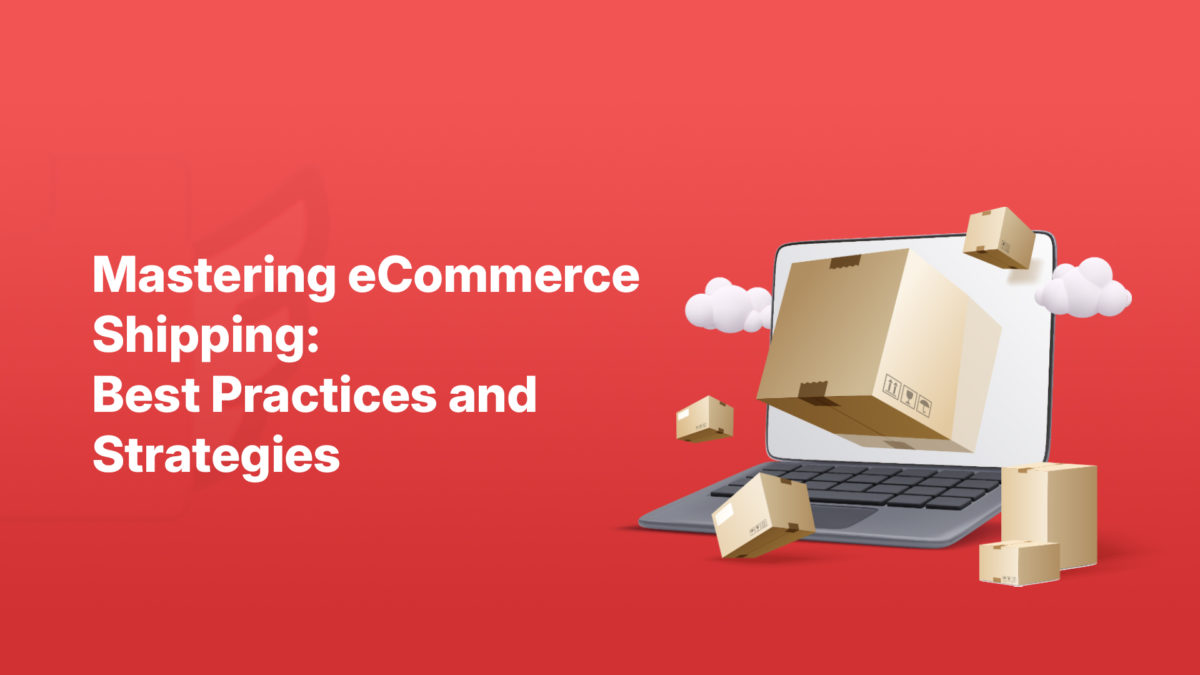Outline of the Article
H1: Introduction
- The rise of logistics and delivery challenges
- Why route optimization matters
H2: What Is Route Optimization?
- Definition and purpose
- Manual vs. automated route planning
H2: Key Concepts in Routing
- H3: Route Scheduling
- H3: Vehicle Routing
- H3: Carrier Route Mapping
- H3: Fleet Routing vs. Last-Mile Routing
H2: Dynamic Route Optimization
- H3: What is it and how does it work?
- H3: Benefits over static route planning
H2: Algorithms Powering Route Optimization
- H3: Vehicle Routing Problem (VRP)
- H3: Capacitated VRP
- H3: Real-time algorithmic updates
- H3: AI-based route optimization
H2: Types of Route Planning Software
- H3: Sales Route Planners
- H3: Courier and Delivery Route Planners
- H3: Truck Route Planning Software
- H3: GPS-integrated Planning Tools
H2: Route Optimization in Different Industries
- H3: Logistics and Courier Services
- H3: Food and Grocery Delivery
- H3: Landscaping and Maintenance
- H3: Field Sales Teams
H2: Features of an Effective Route Optimization System
- H3: Real-Time Traffic Data
- H3: Delivery Time Windows
- H3: Multi-Stop Route Planning
- H3: Route Re-optimization and AI Learning
H2: Tools and Software for Route Management
- H3: Free vs. Paid Tools
- H3: Mobile Apps for Drivers
- H3: Cloud-Based Routing Solutions
H2: Challenges in Route Optimization
- H3: Unpredictable Traffic and Weather
- H3: Last-Minute Delivery Requests
- H3: Maintaining Cost Efficiency
H2: Benefits of Using Routing Software
- Time-saving and fuel efficiency
- Better customer experience
- Environmental sustainability
H2: How to Choose the Best Route Optimization Software
- Factors to consider
- Popular options in the market
H2: Case Studies and Real-World Use Cases
- H3: Courier Company Example
- H3: Retail Chain with Delivery Vehicles
H2: The Future of Route Optimization
- AI and predictive analytics
- Autonomous delivery vehicles
H1: Conclusion
- Summary and final thoughts
H2: FAQs
- What is the best delivery route planner?
- How does AI improve route optimization?
- Is it worth investing in paid routing software?
- Can small businesses benefit from routing tools?
- What industries need routing software the most?
The Ultimate Guide to Routing and Delivery Route Optimization in Logistics
Let’s face it—logistics is the heartbeat of modern commerce. From getting your Amazon package on time to managing a local food delivery, routing plays a massive role behind the scenes. But with growing customer expectations and rising fuel costs, traditional delivery routes just don’t cut it anymore. That’s where route optimization steps in.
What Is Route Optimization?
Route optimization is all about finding the most efficient path for vehicles to follow. Whether it’s a truck delivering packages across states or a courier zipping around a city, the goal is to save time, fuel, and cost while maximizing productivity.
In the old days, companies used static maps and manual planning. Now? It’s all AI-driven, real-time, and smart enough to dodge traffic jams before you even hit the road.
Key Concepts in Routing
Route Scheduling
Scheduling defines when deliveries should be made. Route scheduling ensures time windows are met, avoiding early or late arrivals.
Vehicle Routing
This determines which vehicle should take which route. It considers vehicle type, capacity, and delivery location clusters.
Carrier Route Mapping
Often used by postal and courier companies to optimize fixed zones or neighborhoods, mapping reduces backtracking and improves consistency.
Fleet Routing vs. Last-Mile Routing
Fleet routing manages multiple vehicles across large zones. Last-mile focuses on the final leg—getting the parcel from the local hub to the doorstep, often the costliest part!
Dynamic Route Optimization
What Is It?
Unlike static plans, dynamic routing adapts to changes on the fly—think weather, accidents, road closures.
Benefits Over Static Planning
- Real-time traffic adjustments
- Immediate re-optimization
- Accommodating last-minute orders
Algorithms Powering Route Optimization
Vehicle Routing Problem (VRP)
A classic logistics problem: how can a fleet deliver to many locations with the least cost and distance?
Capacitated VRP
Here, vehicles have load limits, so routing also considers volume/weight of deliveries.
Real-Time Algorithmic Updates
With data flowing in every second, software recalculates routes live to avoid slowdowns.
AI-Based Optimization
AI learns from past routes to predict delays and suggest better alternatives. It’s like having a super-smart co-pilot.
Types of Route Planning Software
Sales Route Planners
These are for field reps needing to cover maximum ground with minimal driving.
Courier and Delivery Route Planners
Built to handle hundreds of stops, optimize for time windows, and driver availability.
Truck Route Planning Software
Focuses on height/weight restrictions, toll roads, and fuel optimization.
GPS-Integrated Tools
Real-time navigation plus planning—everything drivers need in one place.
Route Optimization in Different Industries
Logistics & Courier
UPS, FedEx, and Amazon all use route optimization to slash miles and boost speed.
Food & Grocery Delivery
Tight timelines and freshness mean precision routing is essential.
Landscaping & Maintenance
Multi-stop routing saves teams hours each week.
Field Sales Teams
Smarter routing = more client visits per day.
Features of an Effective Route Optimization System
Real-Time Traffic Data
Live updates help avoid congestion.
Delivery Time Windows
Ensures packages arrive within customer-specified times.
Multi-Stop Planning
Efficiently maps routes for 10, 50, or even 100 stops.
AI Learning
Improves over time based on historical trip data and traffic behavior.
Tools and Software for Route Management
Free vs. Paid Tools
Google Maps is great, but limited. Paid tools offer scalability, tracking, and analytics.
Mobile Apps for Drivers
Intuitive apps for iOS/Android ensure on-ground execution matches the plan.
Cloud-Based Routing
Access plans from anywhere, share updates across teams, and scale seamlessly.
Challenges in Route Optimization
Unpredictable Traffic
Even the best AI can’t stop a surprise roadblock.
Last-Minute Orders
Dynamic re-routing handles it—but adds complexity.
Cost Efficiency
The shortest route isn’t always the cheapest (think tolls, fuel, idling).
Benefits of Using Routing Software
- Saves Hours in planning and execution
- Reduces Fuel Costs with smarter routing
- Boosts Delivery Accuracy and customer satisfaction
- Supports Sustainability through lower emissions
How to Choose the Best Route Optimization Software
- Look for real-time routing, easy UI, integrations, and driver support
- Popular tools: Routific, OptimoRoute, Onfleet, Circuit, Route4Me
Case Studies and Real-World Use Cases
Courier Company
A mid-sized courier used AI routing and reduced delivery time by 30%.
Retail Chain
Used multi-stop planning to supply stores faster and cheaper, saving 20% on fuel.
The Future of Route Optimization
From predictive analytics to autonomous delivery bots, the future is thrilling. Routing will only get smarter, faster, and greener. Expect drones, electric fleets, and voice-assisted dispatching.
Conclusion
Whether you’re managing a national logistics chain or a local bakery doing deliveries, route optimization is no longer optional—it’s a necessity. It cuts costs, saves time, and keeps customers happy.
With AI, machine learning, and cloud-powered tools, optimizing your delivery routes has never been easier or more powerful. So, are you ready to make the switch from guesswork to genius routing?
FAQs
- What is the best delivery route planner?
Circuit and Route4Me are among the top-rated for flexibility and ease of use. - How does AI improve route optimization?
AI predicts traffic, adjusts routes in real-time, and learns from past data for smarter planning. - Is it worth investing in paid routing software?
Absolutely. The ROI in terms of time saved, fuel costs, and delivery success is massive. - Can small businesses benefit from routing tools?
Yes! Even a one-van business can save hours and cut costs using basic route planning apps. - What industries need routing software the most?
Logistics, eCommerce, food delivery, field


